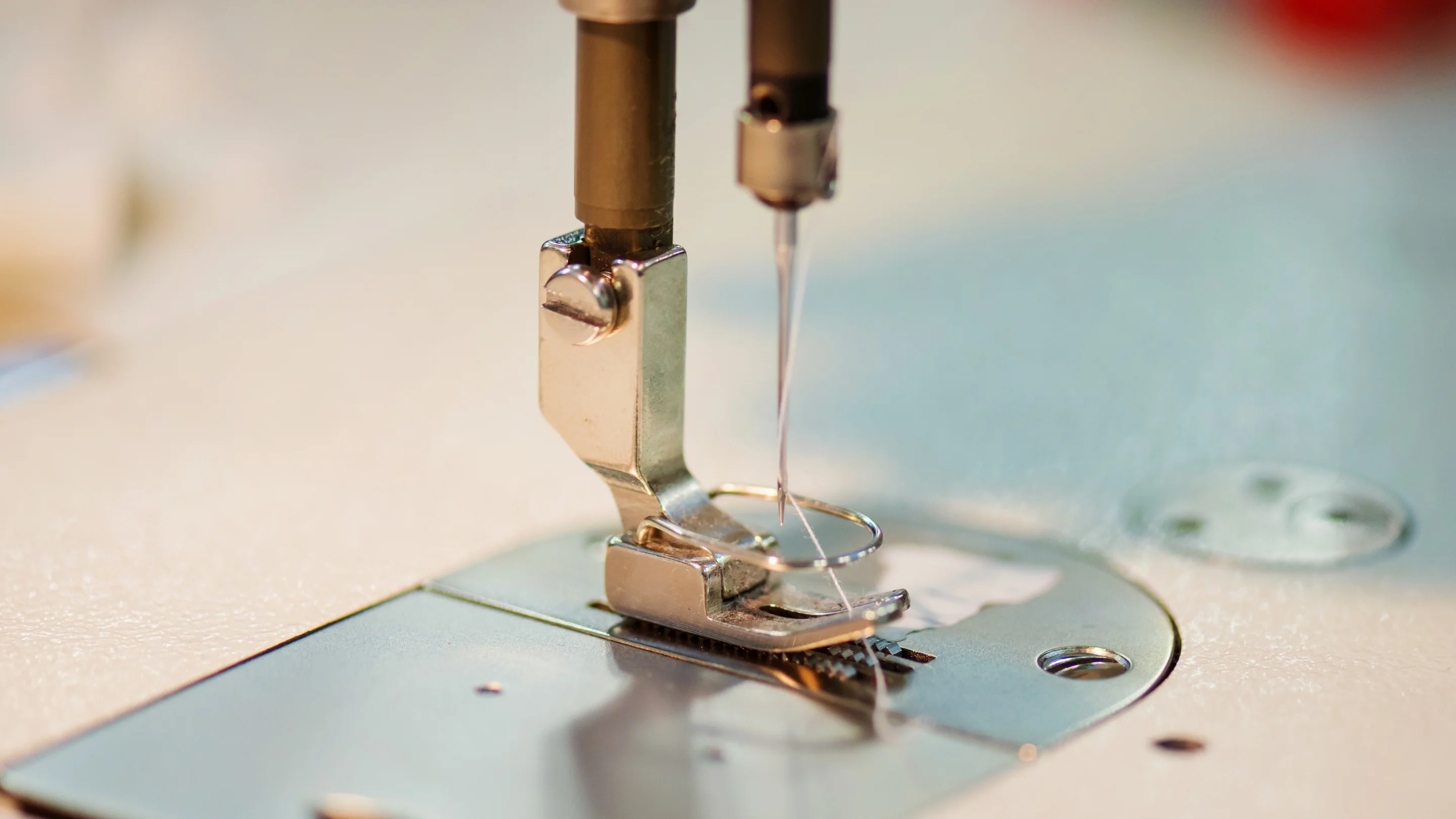Manufacturing our products is a complex process that blends design, craftsmanship and technology. Although we adjust the process somewhat to suit the garment design, we broadly follow the same key steps:
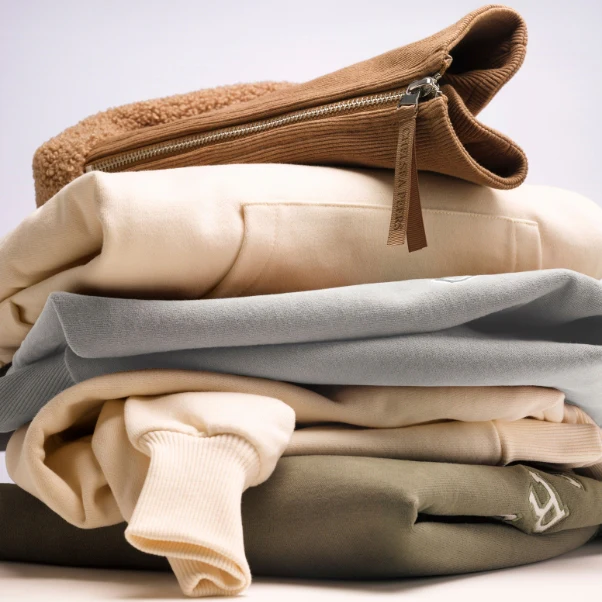
Fabric selection
We use a wide variety of fabrics across our collections dependent on the design, season and style. When creating our pyjamas, we prioritise softness, ease of movement and comfort at night. For a sweatshirt, we look for fabrics that are cosy, warm and soft to the touch.
Fitting and approvals
We fit every piece on a model multiple times to ensure comfort, fit and sizing are just as we imagined. Our Design team also approve every component that makes up our product, from the colour in our jacquard prints to the amount of gathering in a cuff.
Dyeing
Dyeing is the most intricate part of our manufacturing process involving close collaboration between our design and manufacturing teams to achieve the perfect colour. Selecting the right dyeing method depends on a variety of factors including desired color, depth, and tone, as well as the fabric itself.
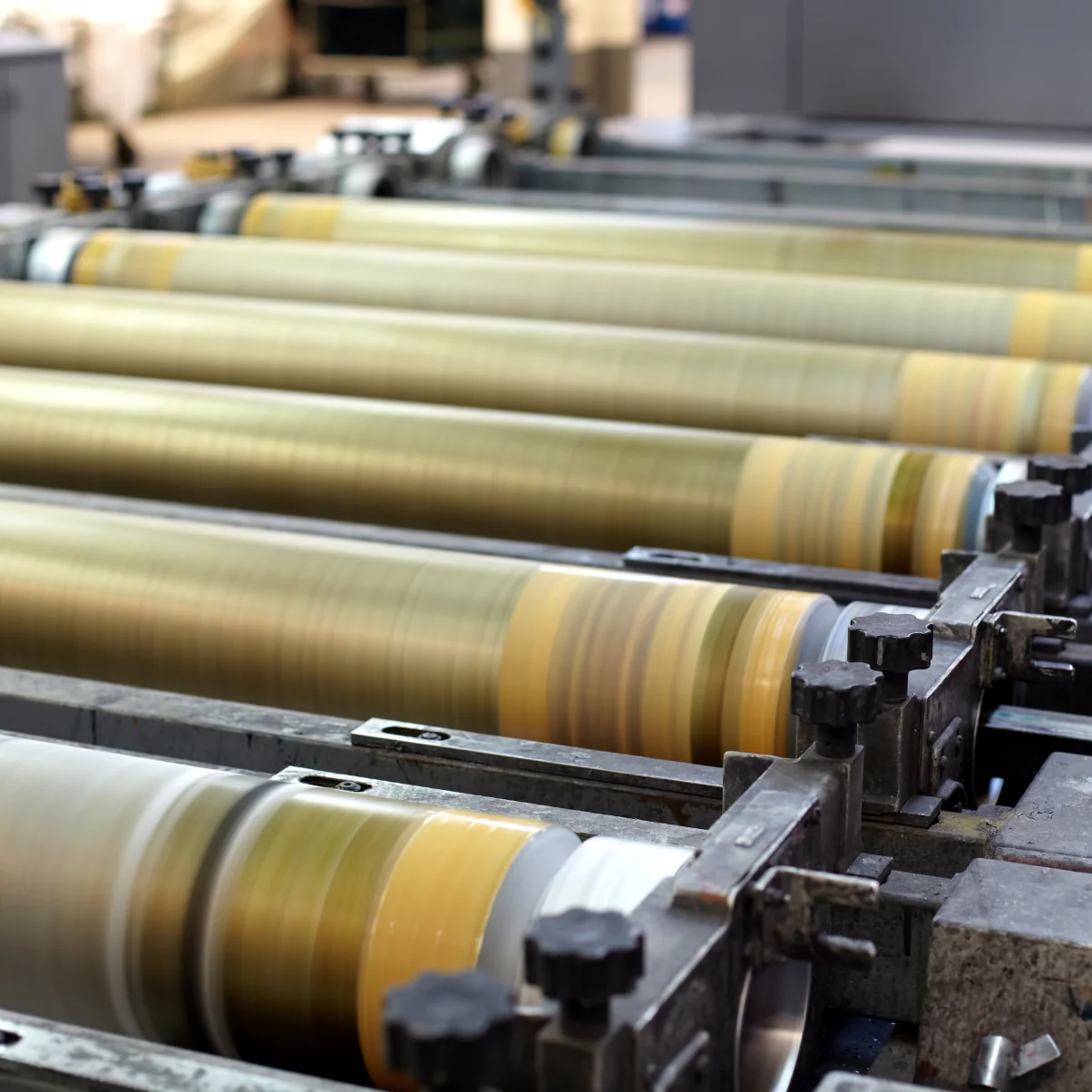
We use 3 printing methods
Rotary Screen Printing: This method involves transferring ink layer-by-layer onto fabric through a rotating cylindrical screen. It is perfect for printing our detailed, multi-coloured illustrations, as well as for applying finishes such as foiling.
Digital Printing: We use this approach for our most detailed prints, primarily on satin and woven cotton, as well as across our swimwear range. Our designs are printed directly onto fabric using inkjet technology.
Placement printing: This method allows for precise application of prints to specific areas of our more intricate nightwear pieces.
Finishing
To ensure the irresistibly soft hand feel of our recycled jersey pyjamas, the fabric undergoes a specialised finishing process known as peaching. This technique involves gently brushing the fabric's surface to raise fine fibres, creating a velvety texture that enhances comfort while still maintaining the durability of the material.

Cutting
Rolls of fabric are cut by our manufacturing team using a variety of techniques such as laser cutters and electric shears. They use sophisticated product software called a lay plan to minimise waste as much as possible. Any leftovers are collected for recycling or disposal.
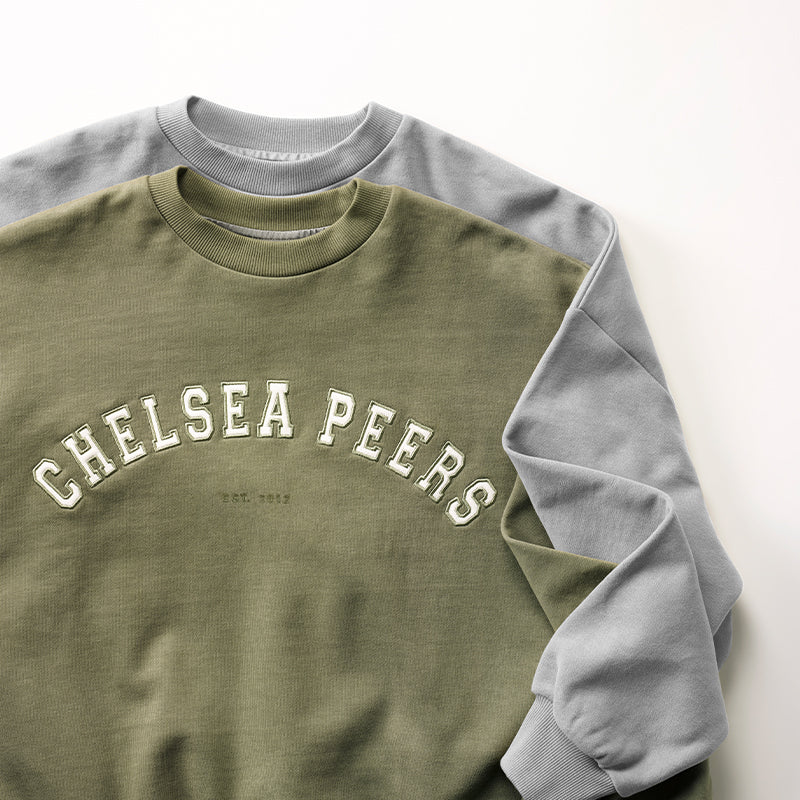
Sewing
Each member of our sewing team stitch different parts of our garments together. This helps to streamline the process and ensures extra care and attention goes into every step. After major components are stitched together, finishing touches like hemming, piping and attaching buttons are completed. We also sometimes add additional elements such as appliqué. Appliqué is a type of embroidery used on our loungewear sets that involves cutting fabric pieces into specific shapes and then stitching them onto the base fabric.

Quality inspections, packing and shipping
All our products undergo stringent quality checks by our diligent production team before being packed for shipment. This includes checking stitching, colour consistency, labelling and overall appearance.
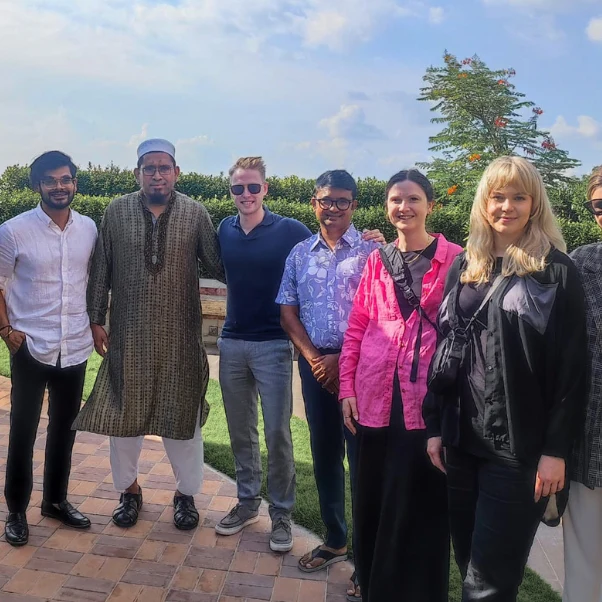
Our manufacturing community
We rely on the hard work and dedication of our global manufacturing partners, primarily based in Bangladesh, China, Portugal, Turkey, and Pakistan, to deliver the quality products that define our brand. We carefully select suppliers based on their commitment to sustainability, ethics, and health and safety, and all must adhere to our Supplier Code of Conduct which provides guidance on:
- Chemical and toxin use
- Workers' rights including the banning of child labour
- Environmental legislation
- Ethical business behaviour
Additionally, all suppliers must hold one of the following certifications: Smeta/SEDEX, amfori BSCI, or WRAP.
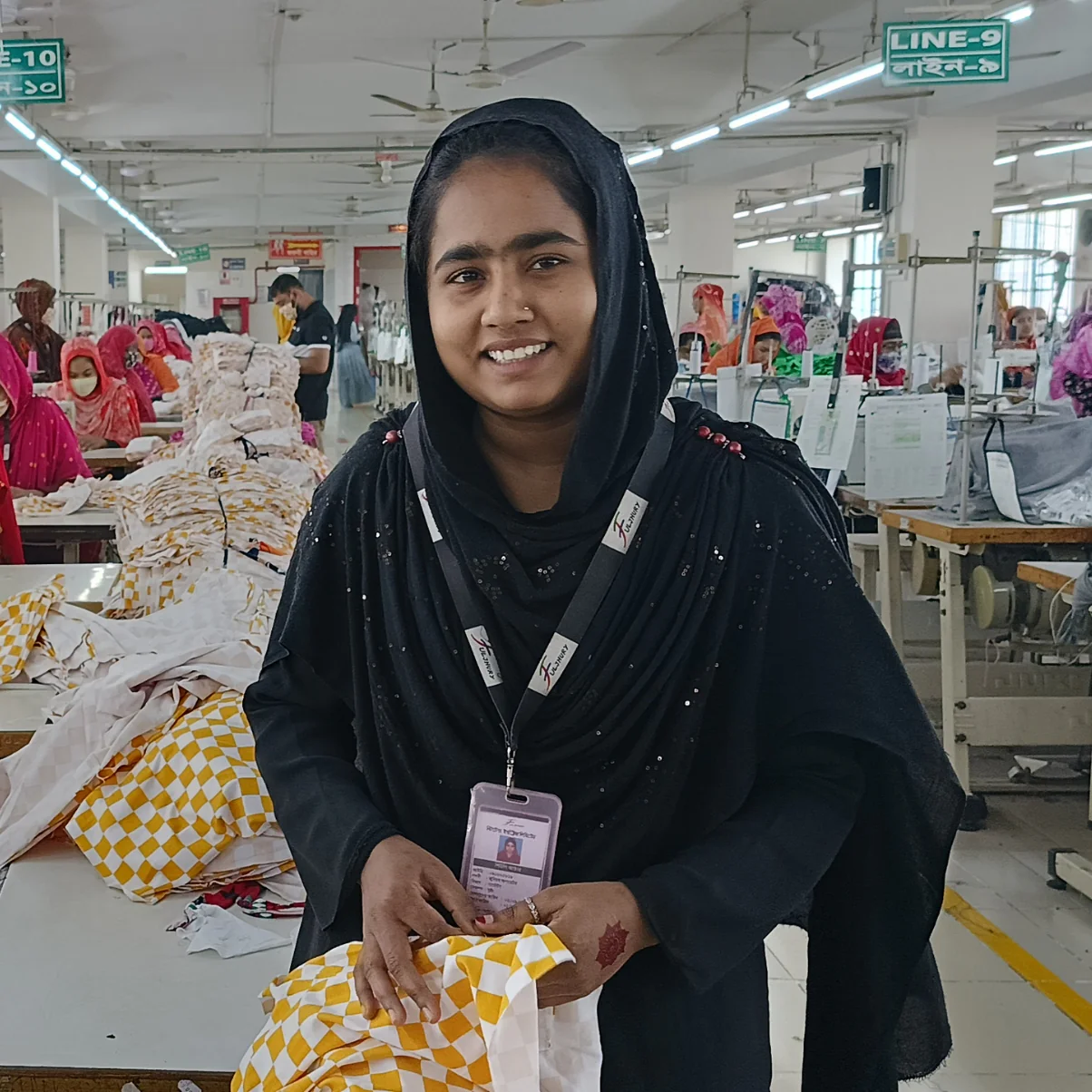
Proud to be made in Bangladesh
Many of our collections are manufactured in Bangladesh, a global leader in garment production, renowned for its highly skilled workforce and integrated manufacturing approach.



